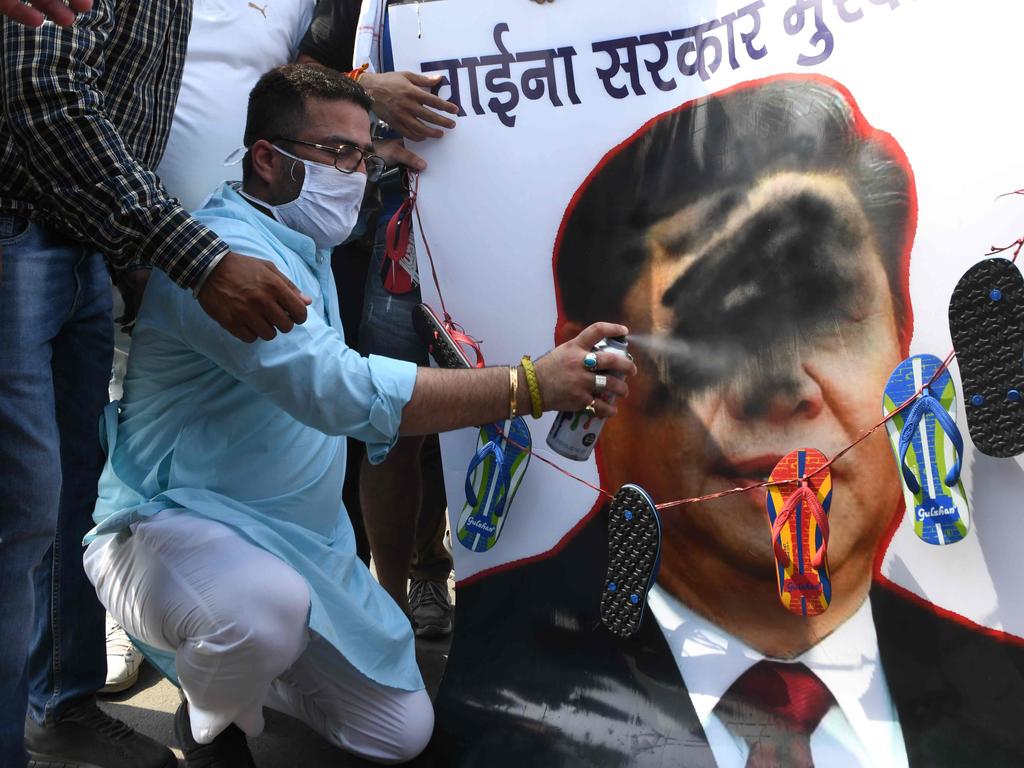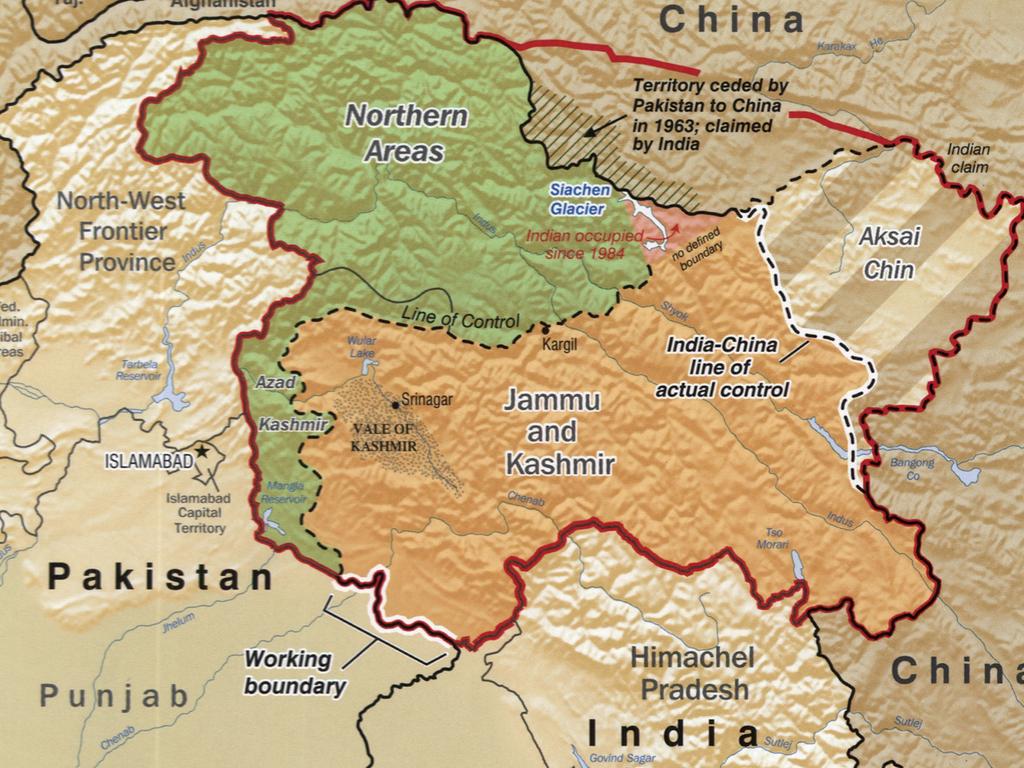China, India border tensions: What caused the intense rivalry
Border tensions between China and India are nothing new. But the conflict between the two nations is escalating, and here’s why.
Almost out of nowhere, Chinese and Indian troops have begun killing each other in the height of the Himalayas. It’s not entirely new. But the border dispute has been relatively quiet in recent decades. So what’s changed?
Beijing has begun building military-grade roads through its Himalayan passes in recent years. This has drawn the attention – and protests – of India. But it has also drawn a tit-for-tat response.
New Delhi has also begun improving its vital infrastructure leading up to – and through – disputed territories.
What’s at stake are vast reaches of mountainous terrain and the vital water reservoirs they contain in the form of ice, lakes and glaciers. And from these heights commanding views reach out over India, Kashmir, Pakistan and Chinese-occupied Tibet.

RELATED: 155yo map fuelling China-India bloodbath
RELATED: ‘We’re not afraid’: China warns of ‘war’
Such strategic heights were the subject of a short war between the two nations in 1967. Since then, some sort of clash along the 3500km India-China border has become almost a yearly event. As the snow melts each spring, acclimatised border patrols roam the mountain peaks and valleys.
Sometimes they encounter one another.
According to the Indian Government, there were 1025 violations of the Line of Actual Control (the de facto border) between 2016 and 2018 alone. Such encounters rarely resulted in more than shakes of the fist or a few thrown stones.
But more recent incidents have devolved into violence. Then, in June 2020, two border patrol units went after each other with barbed-wire clubs, stones and knives. The death toll was high due to the extreme altitude, piercing cold and remoteness of medical support.
Both accuse each other of violating the border.
It was the end result of a significant build-up of troops from both sides in the area. Satellite photos reveal trucks, tanks, artillery and some 10,000 troops amassed on China’s side of the line. Similar numbers are being assembled by India.
New Delhi inherited several Himalayan provinces when granted independence in 1947. Three years later, Chairman Mao Zedong seized control of Tibet.
China seized some of the mountain provinces in a brief invasion during October 1962 while the world was distracted by the Cuban missile crisis. It wasn’t an attempt to seize territory. It was intended to scare India into compliance.
After China withdrew from much of the territory, ongoing talks and military stand-offs have failed to achieve any agreement on where the actual border lies.
Now, Beijing again has cause to scare India into submission.

New Delhi has been a leading critic of Chairman Xi Jinping’s Belt and Road Initiative, calling it a debt-trap and political wedge. It has complained about Beijing’s aggression in the South China Sea and highlighted China’s predatory trade practices.
But, mostly, it has been steadily strengthening its diplomatic and military ties with the likes of Australia, the United States and Japan.
This goes against the Chinese Communist Party’s determination to turn South East Asia into a Beijing-centred hegemony.

If New Delhi’s “strongman” Prime Minister Narendra Modi backs down on the border, he risks appearing weak to a public already outraged at China’s pandemic performance. If he digs in hard, he risks an open military clash or even wider war.
And if he keeps strengthening ties with the West, he can expect more of the same.
Beijing, meanwhile, has staked a new claim. It has voiced a new threat. It’s daring India – and the world – to do anything about it.




